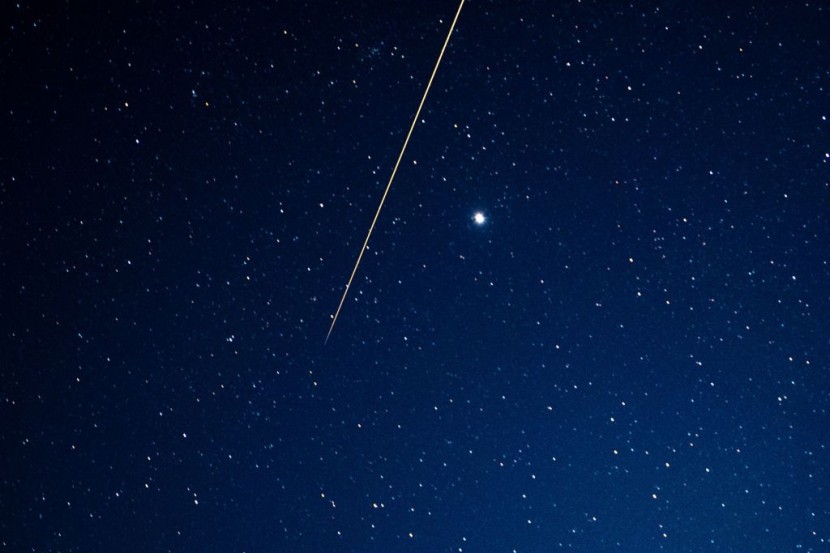Scientists have made a historic discovery after they identified water molecules on asteroids for the first time.
The team used data from the retired Stratospheric Observatory for Infrared Astronomy (SOFIA), which was a joint project of NASA and the German Space Agency at DLR. The scientists were from Southwest Research Institute and they looked at four silicate-rich asteroids using the FORCAST instrument.
Scientists Identify Water Molecules on Asteroids

They isolated the mid-infrared spectral signatures indicative of molecular water on two of the cosmic bodies. In a statement, the lead author of a paper published in The Planetary Science Journal, Dr. Anicia Arredondo said that asteroids are leftovers from the planetary formation process.
This means that their compositions vary depending on where they formed in the solar nebula. He added that what was of particular interest to scientists is the distribution of water on asteroids because this can shed light on how water was delivered to our planet.
Anhydrous, or dry, silicate asteroids form close to the sun while icy materials coalesce farther out. Understanding the location of asteroids and their compositions helps scientists determine how materials in the solar nebula were distributed and have evolved since formation, as per Phys.org.
Furthermore, the distribution of water in our solar system in particular will provide insight into the distribution of water in other solar systems and, because water is necessary for all life on Earth, will drive where to look for potential life in other areas of the universe.
Arredondo said that they were able to detect a feature that is unambiguously attributed to molecular water on the asteroids known as Iris and Massalia. He said that the team of scientists based their research on the success of the team that found molecular water on the sunlit surface of the moon.
SOFIA detected water molecules in one of the largest craters in the moon's southern hemisphere. Observations made in the past of both the moon and asteroids had detected some form of hydrogen but could not distinguish between water and its close chemical relative, hydroxyl.
Historic Scientific Discovery
Scientists detected roughly equivalent to a 12-ounce bottle of water trapped inside a cubic meter of soil that was spread across the lunar surface, chemically bound in minerals. Arredondo said that based on the band strength of the spectral features, the abundance of water on the asteroid is consistent with that of the sunlit moon, according to BizzBuzz.
While SOFIA's FORCAST instrument is apparently not sensitive enough to be able to detect the water spectral feature if it is present, the team is enlisting NASA's James Webb Space Telescope to use its precise optics and superior signal-to-noise ratio to investigate more targets.
The study's lead author noted that water can also be bound to minerals as well as adsorbed to silicate and trapped or dissolved in silicate impact glass.
Arredondo also said that the team of scientists has another proposal for the next cycle to look at another 30 targets. He noted that these studies will increase humans' understanding of the distribution of water in the solar system, according to Yahoo News.
Related Article:
Hubble Space Telescope Discovers 'String of Pearls' Star Clusters Born from Galaxy Collisions
© 2025 HNGN, All rights reserved. Do not reproduce without permission.








